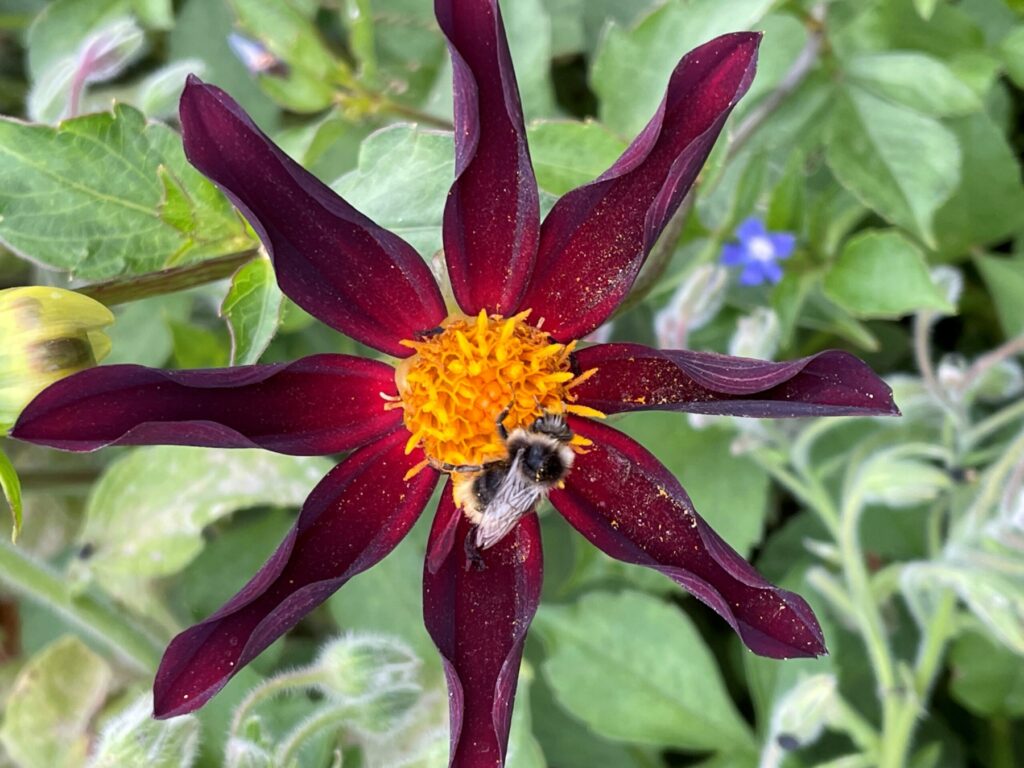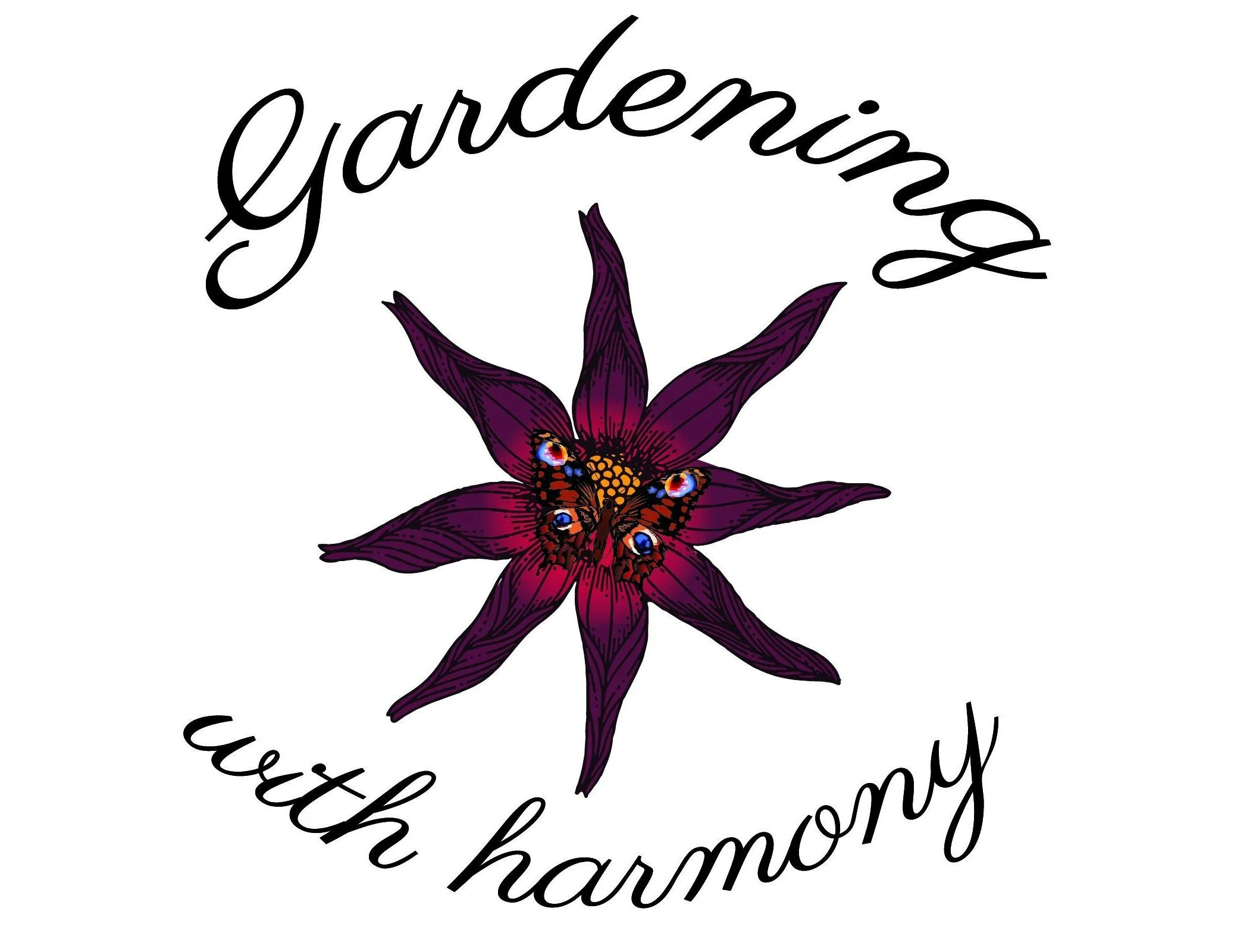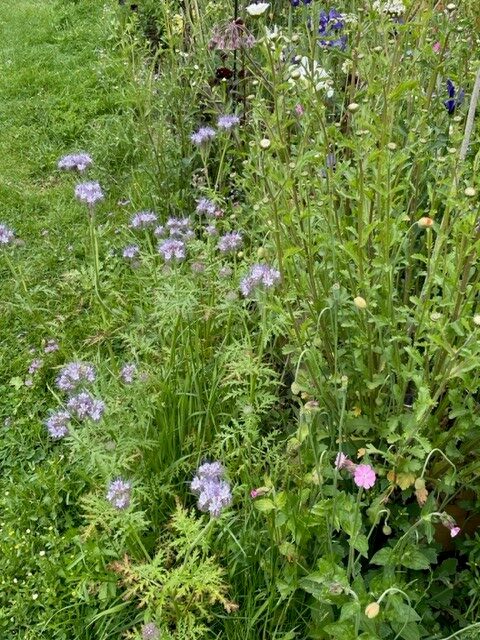
So here is the question: Could you do one wild thing every day for an entire month? Wild things for gardeners sounds good to me.
30 Days Wild is The Wildlife Trusts’ annual challenge where they ask everyone to do one wild thing a day throughout the month of June.
I was sure we could do that!
As a passionate gardener who gardens for wildlife, and all important pollinators, I am raring to get involved.
In addition, I am also a keen advocate for the benefits gardening can bring to our wellbeing. In particular, our physical and our mental health. So, getting together for this challenge each year will be fabulous.
Helping nature in the grass

No mow May is now over but try to leave some areas of lawn uncut for longer.
If you have a wildflower meadow, follow the instructions below for when to cut.
- For a spring flowering meadow, you should mow from late June to October, after the seeds have fallen.
- Whereas, for a summer flowering meadow, you should mow between late July and March.
- However, if you are lucky enough to have a large meadow, try cutting different sections at different times of the year from early July through to early September. This way, you will also be able to have some paths through the grass. Additionally, this shorter grass benefits those bees needing to nest down in the ground.
Wildlife sharing our gardens

The photo above shows a male smooth newt. In the breeding season, males have a smooth crest running the full length of their body and tail. This one came out with a gentle scoop of leaves from one of my wildlife ponds.
A quick photo and back in the pond he went.
Having slept through the winter amongst tree roots, under rocks, or in crevices they emerge in the spring.
Once they are back in the pond, the male smooth newt takes on his breeding clothes; his crest extends, and his colours brighten. He performs a ritual courtship display, crest erect, body stiff with his tail curled and quivering, hoping to catch a female’s attention.
As a result of watching closely, I have been lucky enough to see this courtship display in my wildlife ponds.
A beautiful sight for anyone with a wildlife pond and fabulous wild things for gardeners to see.
After all this activity, the females will have laid all her eggs in July. After this, the newts head off for the rest of the year.
Record wildlife that you spot

I always look forward to the first sightings of stag beetles in my garden. Normally late May will be the first sighting I have.
The stag beetle is the UK’s largest beetle in England. It prefers oak woodlands, but can be found in gardens and parks. The larvae depend on old trees and rotting wood to live in and feed.
Amazingly, the larvae can take up to six years to develop before they pupate and turn into adults. The adults have a much shorter lifespan.
Adults emerge in May with the sole purpose of mating, and die in August once the eggs have been laid in some decaying wood.
I look for these beautiful beetles in the evening, when the males fly in search of mates. Once the male has found a mate, he displays his spectacular, antler-like jaws to her, and uses them to fight off rival males.
More information can be found at https://ptes.org/campaigns/stag-beetles-2/stag-beetle-facts/
Plant flowers for wildlife

Normally wildflower seeds and other annual flower seeds are sown from March to May outdoors for flowers from June to September. Also, they can be sown during August and September to flower slightly earlier the following year.
However, if you get cracking, you can still sow cornflowers and sunflowers, and they will flower this year. Importantly, these are both fabulous for pollinators.
Additionally, you could sow, achillea, canterbury bells, coreopsis, myosotis, and sweet william seeds outdoors for flowers next year.
Sow seeds thinly in finely raked, moist soil where you want the plants to flower, at a depth of 13mm (½in) covering the seeds lightly with soil. Water the soil during dry periods.
My post Sowing bee beautiful hardy annuals has some suggestions for you to try in the autumn and spring next year.
Create a log pile and wild things for gardeners

My area for stag beetles and other insects is nicknamed Stumpy End. Photo above shows part of this area.
Here are some options for you to consider:
- logs can be scattered under a hedge, but it is more beneficial for wildlife if you create a stack.
- Or Logs can be carefully piled on top of each other, forming a pyramid shape.
- Sunken wood will create the most benefits for wildlife. This option is especially good for stag beetles. This is the option I follow and I am lucky enough to have a large number of stag beetles each year.
- Log piles are home to beneficial creatures and wild things for gardeners is always a boon.
Relax and enjoy nature


Just sitting in the garden, courtyard, balcony, or park can be so rewarding. Also, such a boost to our well-being. My post Wonderful powers of a flower gives my story.
For example, I make time to just sit down and relax now and watch the wildlife. In particular, I will listen to the bees and birds and take pride in the flowers I have grown from seed for the pollinators.
Consequently, I will not have flopped down for long before a chicken or six arrives to share the sun lounger. Evidence above!
30 days of going wild and wild things for gardeners

Whatever you do, have some fun and record each day.
Some other ideas to try
- Listen to birdsong
- Have breakfast outside
- Have a picnic in a local park or nature area
- Watch the sunrise or sunset
- Identify the bees you see
- Count the numbers of butterflies you see and the varieties
- Record all your wild things for gardeners.
With this in mind, one of the books I refer to for identifying bees is Field Guide to the Bees of Great Britain and Ireland https://amzn.to/4367qWR
Written by Steven Falk, professional naturalist, and conservationist with over forty years’ experience of working with bees.
This fabulous book is Illustrated with over 1,000 colour and black & white artworks by Richard Lewington, one of Europe’s leading insect artists.
In addition, there are stunning photographs.
I also use another book: The Bee Garden, How to attract or adapt a garden to attract and nurture bees by Maureen Little https://amzn.to/43rd068
This blog is a participant in Amazon’s Associate’s Program. If you click on one of these links above, and make a purchase I may receive a commission, at no additional cost to you.
My conclusions and plans

More than three-quarters of a million people got involved with 30 Days Wild in 2022 across the UK.
I hope we can swell those numbers each year.
So, let’s all join them every year and rekindle our incredibly precious relationship with Mother Nature and the natural world.
My plan for week one 2023
- 1st June I will be meeting with a friend and supplying some plants I grew from seed for pollinators. Bishops Children dahlias and Ox Eye Daisy. Wonderful for helping the pollinators and also for talking to a dear friend about nature.
- 2nd June I will be having a picnic with family in the garden. A lovely thing to do.
- 3rd June I will spend some time listening to the bees. There are hundreds on my poached egg flowers and comfrey.
- 4th June I will watch the sunrise as well as the sunset. I’m hoping to see stag beetles in flight. I normally watch the sunset whilst awaiting my chickens to go for a snooze, but I rarely see a sunrise at this time of year.
- 5th June I will spend time smelling my flowers. I have several beautiful scented roses plus hesperis and stocks. I will also smell the lemon balm, mint, and other plants.
- 6th June I will listen to the birds. I rarely stop to do this.
- 7th June I will watch for some insects and see if I can identify them. Keeping my trusty book to hand.
I will update my plan at the end of each week.
Do let me know what you will be doing for 30 Days Wild.
Finally, here is the link https://www.wildlifetrusts.org/30dayswild
Have fun and go wild every year! In fact, get wild every day throughout the year! Wild things for gardeners is just the best!
And here are my posts on 30 days wild. I had a fabulous 30 days of wildness
30 Days Wild. First week challenge
30 Days Wild, week two of the challenge
The fantastic wildness of magic week 3
Wild 30 days. The beautiful finale
To see all my updates as they happen, please enter your email address below and press the subscribe button.


